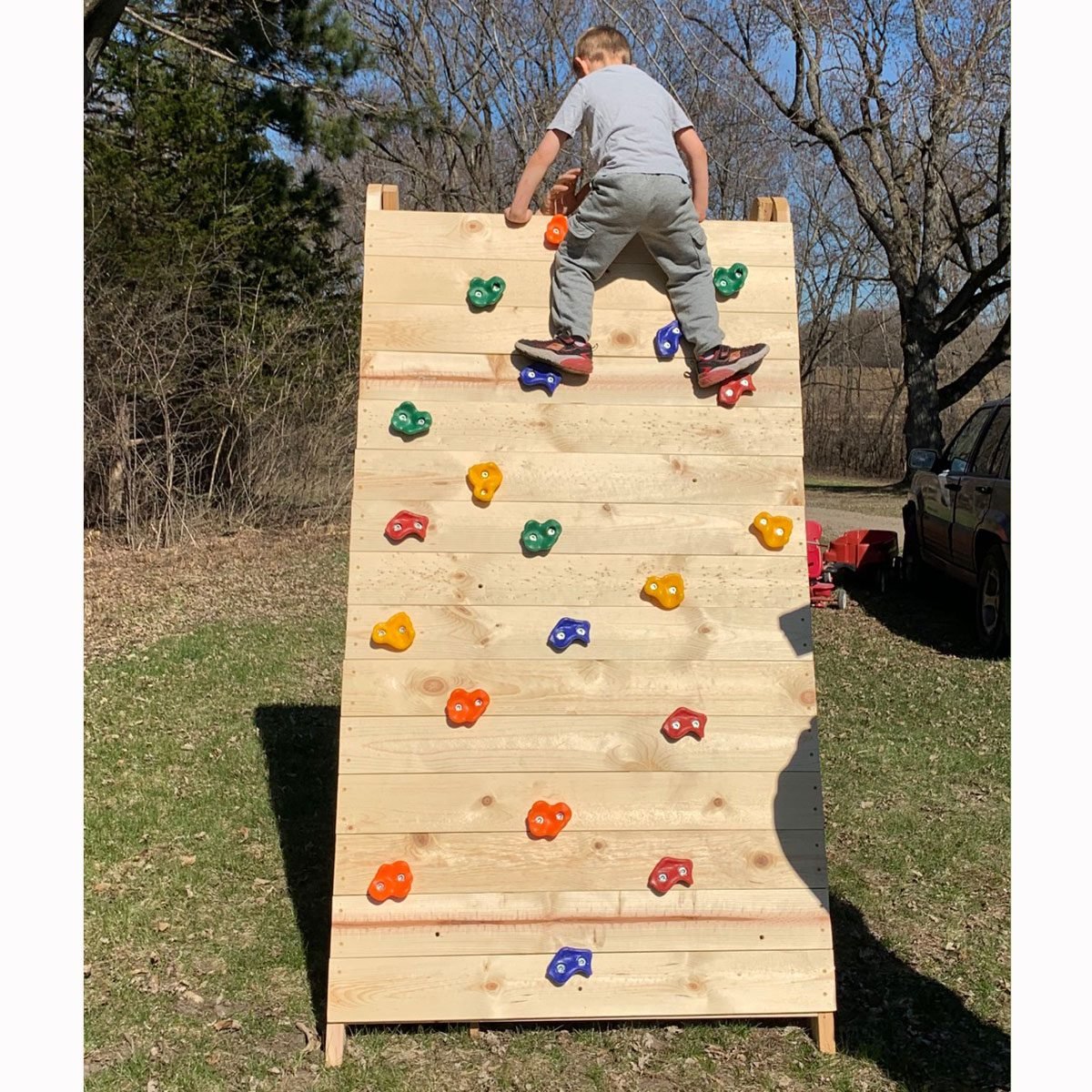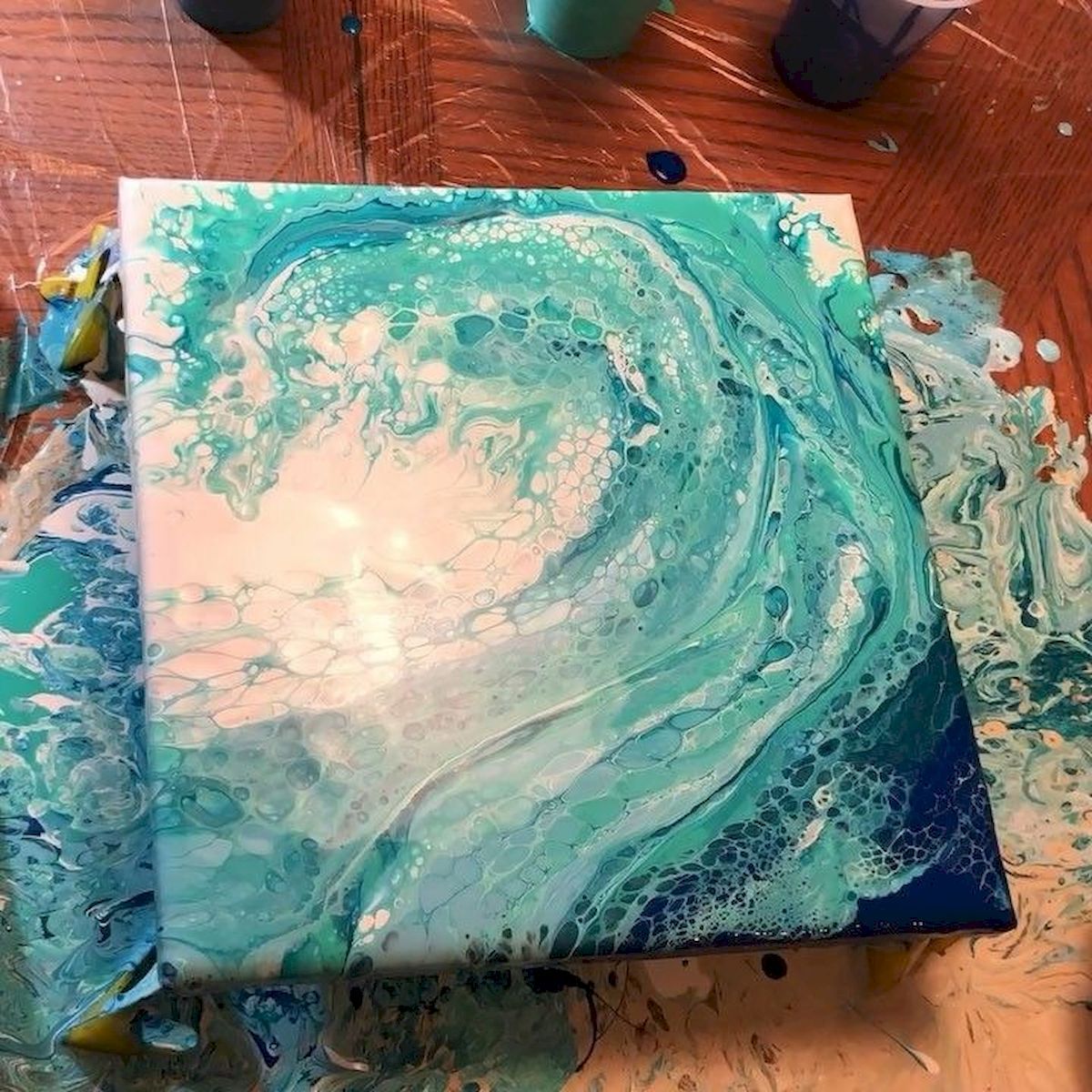DIY Dawn Powerwash: Clean Your Patio & Driveway is a comprehensive guide for homeowners looking to revitalize their outdoor spaces. Power washing can transform dull, grime-covered patios, walkways, and driveways into sparkling clean surfaces, enhancing the overall appeal of your property. This guide will walk you through the process of preparing for a power washing project, choosing the right cleaning solution, and executing the power washing techniques safely and effectively.
From selecting the right power washer and understanding safety precautions to choosing the appropriate cleaning solution and maintaining a pristine finish, this guide provides practical tips and insights to ensure a successful DIY power washing experience.
Preparing for the Power Washing Project
Before you start power washing, you need to gather the necessary supplies and prepare your surfaces for the best results. Proper preparation will ensure a safe and effective power washing experience.
Essential Supplies
You’ll need a few essential supplies to get started with your DIY power washing project. Here’s a checklist:
- Power Washer: Choose a power washer that suits your needs. Consider the pressure and flow rate for your specific project.
- Dawn Dish Soap: Dawn is a popular choice for power washing due to its grease-cutting ability.
- Garden Hose: A sturdy garden hose is essential for supplying water to the power washer.
- Cleaning Solution Container: You’ll need a container to mix your cleaning solution.
- Safety Glasses: Protect your eyes from debris and cleaning solution.
- Gloves: Wear gloves to protect your hands from the cleaning solution and water pressure.
- Extension Cord: If you’re working far from an outlet, you’ll need an extension cord.
- Cleaning Brushes: Use cleaning brushes to scrub stubborn dirt and grime.
- Measuring Cup: Accurately measure the cleaning solution.
- Ladder: Use a ladder to reach higher areas safely.
Preparing Surfaces
Cleaning and preparing the surfaces before power washing is crucial for achieving optimal results.
- Remove Loose Debris: Sweep or brush away any loose debris, such as leaves, twigs, or dirt, from the surfaces you’ll be cleaning.
- Pre-Soak Stubborn Areas: For heavily soiled areas, pre-soak them with a cleaning solution to loosen dirt and grime.
- Test Cleaning Solution: Before applying the cleaning solution to the entire surface, test it in an inconspicuous area to ensure it doesn’t damage the material.
Protecting Surrounding Areas
Take precautions to protect surrounding areas and plants during the power washing process.
- Cover Plants: Use tarps or plastic sheeting to cover nearby plants and landscaping.
- Protect Windows and Doors: Cover windows and doors with plastic sheeting or drop cloths to prevent water damage.
- Clear Walkways: Ensure walkways are clear of obstacles to prevent tripping hazards.
- Be Mindful of Overspray: Be careful not to spray water directly onto delicate surfaces or plants.
Maintaining a Power-Washed Dawn Area
Keeping your power-washed surfaces looking their best requires a little ongoing effort. Just like any cleaning project, the goal is to prevent dirt and grime from accumulating again. Here’s how you can maintain the pristine look of your power-washed dawn area.
Protective Sealants
Applying a protective sealant to your power-washed surfaces can significantly extend the life of your cleaning efforts. Sealants create a barrier that repels water, dirt, and stains, making it harder for these elements to adhere to the surface.
- Types of Sealants: There are different types of sealants available, each suited for specific surfaces. For concrete, you might use a penetrating sealer, while a water-based sealant is often used for wood.
- Application: Sealants are typically applied with a brush, roller, or spray. Follow the manufacturer’s instructions carefully for proper application and drying time.
- Frequency: The frequency of sealant application depends on the type of sealant and the amount of wear and tear the surface receives. For high-traffic areas, you might need to reapply sealant annually, while low-traffic areas might only require reapplication every few years.
Preventive Measures
Taking preventative measures can help minimize the build-up of dirt and grime, reducing the frequency of power washing.
- Regular Cleaning: Regular sweeping, mopping, or pressure washing (using a lower pressure setting) can help remove dirt and debris before it has a chance to build up.
- Landscaping: Consider the placement of trees and shrubs near your power-washed surfaces. Overhanging branches and leaves can contribute to dirt and debris accumulation.
- Gutters and Downspouts: Ensure your gutters and downspouts are clean and functional to prevent water runoff from staining your surfaces.
- Avoid Foot Traffic: If possible, minimize foot traffic on power-washed surfaces, especially in areas where dirt and debris are likely to be tracked in.
Troubleshooting Common Power Washing Problems
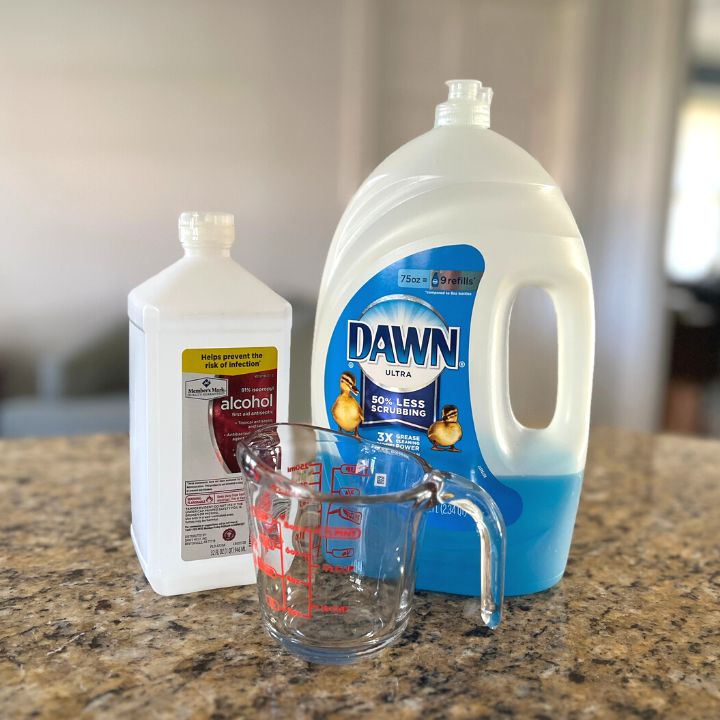
Power washing, while a powerful cleaning method, can sometimes present challenges. Understanding common issues and how to resolve them can help ensure a successful project.
Clogged Nozzles
Clogged nozzles are a common issue that can significantly affect cleaning performance. A clogged nozzle can restrict water flow, leading to reduced cleaning power and uneven cleaning patterns.
Here are some ways to troubleshoot and resolve clogged nozzles:
- Inspect the nozzle tip: Look for any visible debris or obstructions. Use a small wire or pin to carefully remove any blockage.
- Check the nozzle tip size: If the nozzle tip is worn or damaged, it may need to be replaced. Ensure the replacement tip is compatible with your power washer.
- Clean the nozzle with a cleaning solution: Soak the nozzle in a solution of vinegar or a commercial nozzle cleaner for a few minutes. Then, rinse thoroughly with water.
Uneven Cleaning, Diy dawn powerwash
Uneven cleaning can occur due to various factors, including incorrect nozzle tip selection, inconsistent pressure, or uneven surface application.
Here are some tips for addressing uneven cleaning:
- Use the appropriate nozzle tip: Select a nozzle tip that is suitable for the surface you are cleaning. For example, a 40-degree nozzle is generally recommended for most surfaces, while a 15-degree nozzle is more powerful and suitable for stubborn stains.
- Maintain consistent pressure: Ensure the power washer is operating at the correct pressure level. Adjust the pressure as needed to achieve even cleaning.
- Overlap cleaning passes: Overlap each cleaning pass by about 50% to ensure thorough cleaning and prevent streaks.
Damage to Surfaces
Power washing can damage surfaces if not done correctly. Using excessive pressure or improper techniques can lead to scratches, dents, or other damage.
Here are some tips to prevent surface damage:
- Use the appropriate pressure: Start with a lower pressure setting and gradually increase it if needed. Refer to the manufacturer’s recommendations for your power washer and the surface you are cleaning.
- Maintain a safe distance: Keep the power washer nozzle a safe distance from the surface. The recommended distance varies depending on the nozzle tip and the surface type.
- Test in an inconspicuous area: Before power washing a large area, test the power washer and cleaning solution on a small, inconspicuous section of the surface to ensure it does not cause damage.
Tips for Troubleshooting
- Check the power source: Ensure the power washer is plugged into a working outlet and the power cord is not damaged.
- Inspect the water supply: Verify that the water supply is turned on and there are no blockages in the hose.
- Check the pressure regulator: Make sure the pressure regulator is functioning correctly and set to the appropriate pressure level.
- Review the owner’s manual: The owner’s manual for your power washer contains valuable troubleshooting information and guidance.
Power Washing Safety Precautions
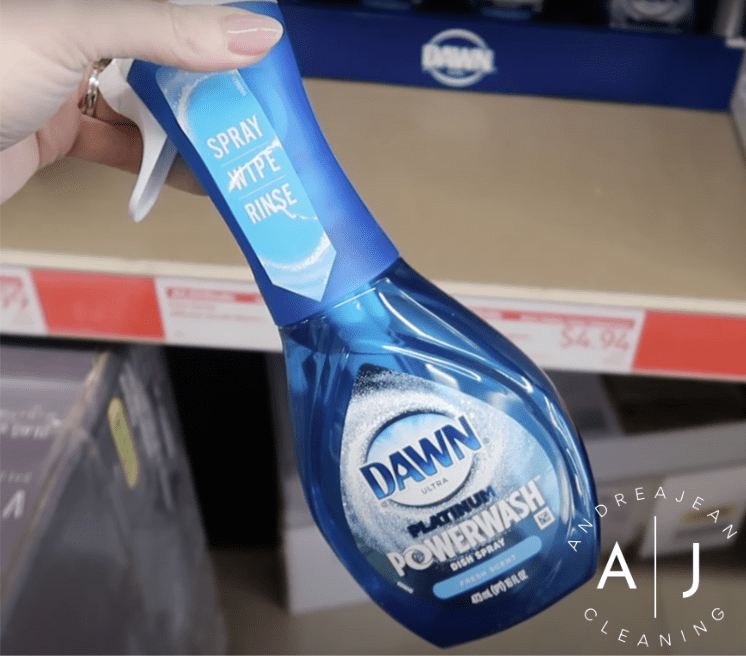
Power washing is a powerful tool for cleaning, but it can also be dangerous if not used properly. It’s crucial to prioritize safety when using a power washer, as even a small mistake can lead to serious injuries. This section will Artikel essential safety precautions to ensure a safe and successful power washing experience.
Protective Gear
Wearing appropriate protective gear is essential when power washing. It safeguards you from potential hazards like water pressure, chemicals, and debris.
- Eye Protection: Always wear safety goggles or a face shield to protect your eyes from flying debris and water pressure.
- Hearing Protection: Power washers can be quite loud, so earplugs or earmuffs are necessary to protect your hearing.
- Gloves: Wear gloves to protect your hands from the pressure of the water, chemicals, and potential hazards.
- Footwear: Wear closed-toe shoes with good grip to prevent slipping and provide protection for your feet.
- Clothing: Wear long pants and long-sleeved shirts to protect your skin from water pressure, chemicals, and debris.
Handling the Equipment Responsibly
Handling a power washer safely involves understanding its capabilities and limitations.
- Operating Instructions: Always read and understand the manufacturer’s instructions before operating a power washer. This will ensure you use the equipment correctly and safely.
- Proper Connection: Connect the power washer to the power source and water supply according to the manufacturer’s instructions.
- Stable Base: Ensure the power washer is on a stable and level surface before starting it.
- Avoid Overloading: Do not overload the power washer with too much pressure or volume.
- Regular Maintenance: Regularly check the power washer for wear and tear, and perform routine maintenance as recommended by the manufacturer.
Potential Hazards and Preventative Measures
Power washing can present various hazards if proper precautions are not taken. This table Artikels common hazards and their corresponding preventative measures:
| Hazard | Preventative Measure |
|---|---|
| High-Pressure Water | Wear appropriate protective gear, including safety goggles and gloves. |
| Chemical Exposure | Use appropriate cleaning agents and wear gloves. |
| Electrical Shock | Avoid using the power washer near water or in wet conditions. Use a GFCI outlet. |
| Falling Objects | Securely attach the power washer to a stable base and be aware of overhead hazards. |
| Slip and Falls | Wear non-slip footwear and be mindful of slippery surfaces. |
Alternative Cleaning Methods for Dawn Surfaces
While power washing is an effective method for cleaning dawn surfaces, it’s not always the most practical or necessary option. Depending on the surface type, the level of dirt, and your personal preferences, other cleaning methods might be more suitable. This section explores alternative cleaning methods for dawn surfaces, comparing and contrasting them with power washing to help you choose the best approach for your cleaning needs.
Comparison of Cleaning Methods
Different cleaning methods for dawn surfaces have distinct advantages and disadvantages. Here’s a breakdown of the key factors to consider:
- Effectiveness: Power washing offers the most thorough cleaning, removing stubborn dirt, grime, and mold. However, other methods can be effective for less severe cleaning needs.
- Cost: Renting a power washer can be expensive, while other methods often involve using readily available cleaning supplies, making them more budget-friendly.
- Time Required: Power washing is generally faster for large areas, but other methods might require more time and effort, especially for intricate surfaces.
Scrubbing with Brushes
Scrubbing with brushes is a simple and cost-effective method for cleaning dawn surfaces. It’s particularly effective for removing dirt and grime from smaller areas, such as patios, decks, and walkways.
- Advantages: Requires minimal equipment, provides good control over the cleaning process, and is cost-effective.
- Disadvantages: Can be labor-intensive, especially for large areas, might not be effective for removing stubborn stains, and requires more time and effort compared to power washing.
Specialized Cleaning Products
A wide range of specialized cleaning products are available for various dawn surfaces. These products are designed to target specific stains and dirt, offering effective cleaning solutions for different materials.
- Advantages: Offer targeted cleaning solutions, can be effective for removing stubborn stains, and are often easy to use.
- Disadvantages: Might not be as effective as power washing for deep cleaning, can be expensive, and some products might require specific application techniques.
Alternative Cleaning Methods for Different Dawn Surfaces
Here’s a list of alternative cleaning methods suitable for different types of dawn surfaces:
- Concrete: Use a stiff-bristled brush, a pressure washer, or a concrete cleaner for effective cleaning.
- Wood: Use a soft-bristled brush, a wood cleaner, or a pressure washer with a low-pressure setting.
- Brick: Use a stiff-bristled brush, a brick cleaner, or a pressure washer with a low-pressure setting.
- Stone: Use a soft-bristled brush, a stone cleaner, or a pressure washer with a low-pressure setting.
- Vinyl siding: Use a soft-bristled brush, a vinyl siding cleaner, or a pressure washer with a low-pressure setting.
- Metal: Use a soft-bristled brush, a metal cleaner, or a pressure washer with a low-pressure setting.
Power Washing Projects for Different Dawn Surfaces: Diy Dawn Powerwash
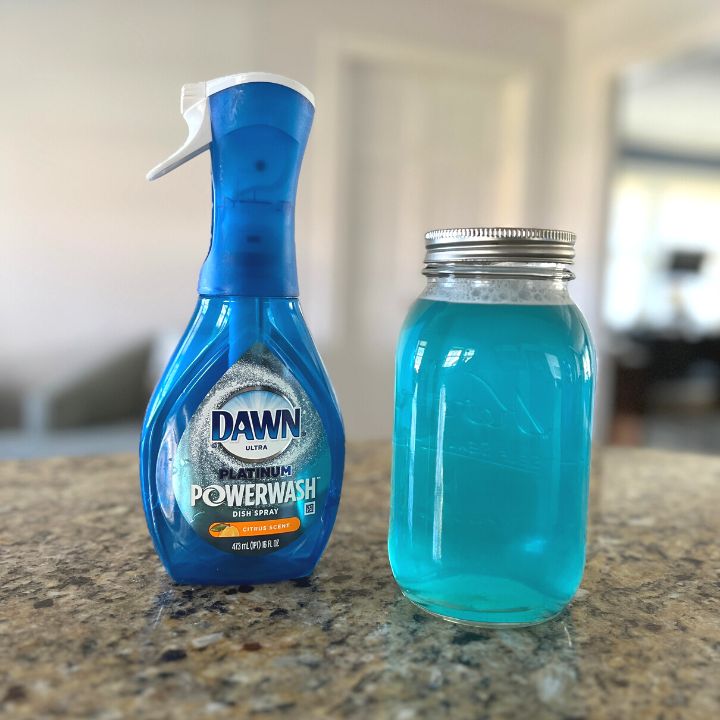
Power washing can revitalize various outdoor surfaces, restoring their beauty and extending their lifespan. The right approach and techniques are crucial for successful power washing projects, considering the specific needs of each surface. This section explores power washing techniques and considerations for common outdoor surfaces, including patios, walkways, driveways, and decks.
Power Washing Patios
Patios are often exposed to harsh weather conditions, accumulating dirt, grime, and moss. Power washing effectively removes these contaminants, restoring the patio’s original beauty.
Here are some power washing techniques and considerations for patios:
* Choose the right nozzle: A 40-degree nozzle is ideal for patios, providing a powerful yet gentle spray.
* Use a cleaning solution: A mild detergent mixed with water can help loosen stubborn stains and grime.
* Work in sections: Divide the patio into smaller sections and wash each section systematically.
* Rinse thoroughly: Ensure all cleaning solution is rinsed away, preventing residue buildup.
* Protect surrounding areas: Cover plants and landscaping with tarps to prevent damage from the power washer.
Example: A homeowner successfully power washed their brick patio, removing years of accumulated dirt and grime. The patio’s original color was restored, enhancing the overall aesthetic appeal of the backyard.
Power Washing Walkways
Walkways, like patios, are susceptible to dirt, grime, and moss buildup. Power washing effectively cleans these surfaces, ensuring a safe and aesthetically pleasing walkway.
Here are some power washing techniques and considerations for walkways:
* Use a low-pressure setting: A lower pressure setting is recommended to prevent damage to the walkway’s surface.
* Clean in the direction of the walkway: Washing in the direction of the walkway helps prevent water from pooling and causing damage.
* Use a cleaning solution: A mild detergent mixed with water can help loosen stubborn stains and grime.
* Rinse thoroughly: Ensure all cleaning solution is rinsed away, preventing residue buildup.
* Pay attention to cracks and crevices: These areas often accumulate dirt and debris, requiring extra attention during cleaning.
Example: A homeowner power washed their concrete walkway, removing years of accumulated dirt and moss. The walkway’s surface was restored to its original color, improving its overall appearance and safety.
Power Washing Driveways
Driveways are often subjected to oil stains, tire marks, and general grime. Power washing effectively removes these contaminants, restoring the driveway’s appearance and enhancing curb appeal.
Here are some power washing techniques and considerations for driveways:
* Use a high-pressure setting: A higher pressure setting is recommended for driveways, effectively removing stubborn stains.
* Pre-treat oil stains: Apply a degreaser to oil stains before power washing to enhance their removal.
* Work in sections: Divide the driveway into smaller sections and wash each section systematically.
* Rinse thoroughly: Ensure all cleaning solution is rinsed away, preventing residue buildup.
* Consider the driveway’s material: Different driveway materials require different cleaning approaches. For example, concrete driveways may require a different nozzle and pressure setting than asphalt driveways.
Example: A homeowner successfully power washed their asphalt driveway, removing oil stains and tire marks. The driveway’s appearance was significantly improved, enhancing the overall curb appeal of the home.
Power Washing Decks
Decks are popular outdoor living spaces, but they can accumulate dirt, grime, and mildew over time. Power washing effectively cleans decks, restoring their appearance and extending their lifespan.
Here are some power washing techniques and considerations for decks:
* Use a low-pressure setting: A lower pressure setting is recommended for decks, preventing damage to the wood.
* Use a cleaning solution: A mild detergent mixed with water can help loosen dirt, grime, and mildew.
* Work in sections: Divide the deck into smaller sections and wash each section systematically.
* Rinse thoroughly: Ensure all cleaning solution is rinsed away, preventing residue buildup.
* Inspect for damage: Power washing can reveal hidden damage to the deck, requiring further attention.
Example: A homeowner power washed their wooden deck, removing years of accumulated dirt, grime, and mildew. The deck’s appearance was restored, creating a safe and inviting space for outdoor gatherings.
Epilogue
With the right tools, techniques, and a little elbow grease, power washing your dawn surfaces can be a rewarding DIY project. By following the steps Artikeld in this guide, you can achieve a clean and refreshed outdoor space that will enhance the beauty and value of your home. Remember to prioritize safety, choose the right cleaning solution, and maintain your surfaces regularly to enjoy the benefits of a power-washed dawn area for years to come.
A DIY dawn power wash can really make your home sparkle, and sometimes a fresh coat of paint can complete the look. If you’re looking for inspiration, check out these DIY painting ideas for your home. Once you’ve chosen your paint colors, you can tackle that power wash with renewed vigor, knowing your home will look its best.



